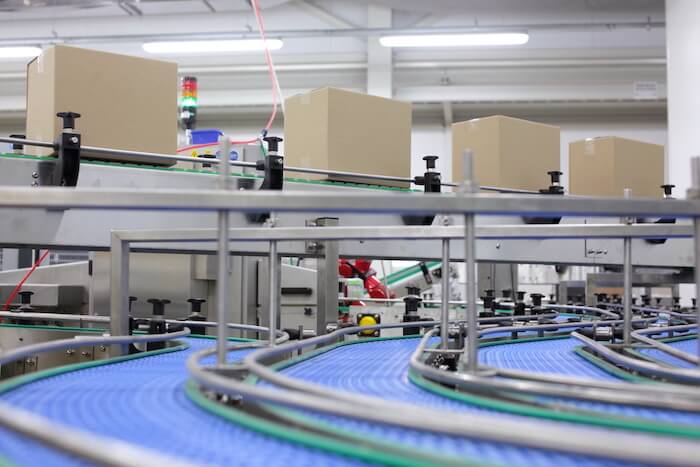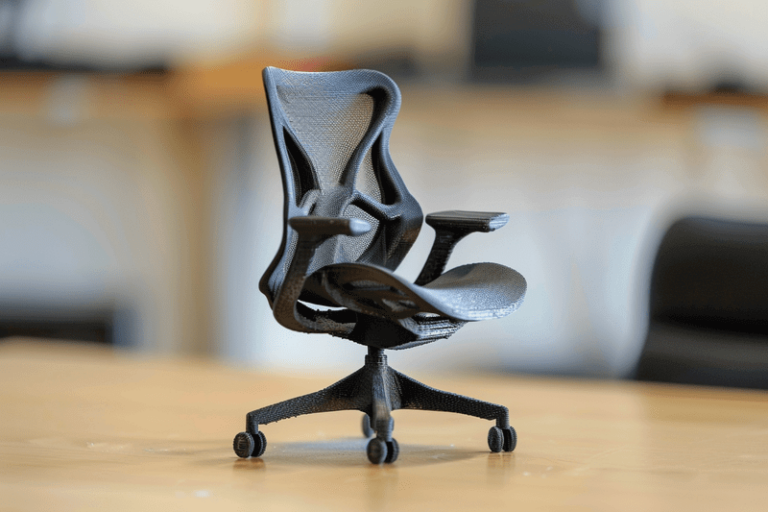When it’s time to decide where to manufacture your product, overseas manufacturers are an obvious choice. You’re looking at offshore manufacturing because you want to produce high-quality products quickly and at a fair price.
But can overseas manufacturers deliver?
Sometimes—but it’s not as easy as you think.
The advantages and benefits of manufacturing overseas are well documented, but there can also be some drawbacks for business owners. Yes, lowering the cost of production is often a primary driver, but it’s a far deeper discussion than just trying to find cheap labor or “labor arbitrage” opportunities. You need to know the options available to American companies and what to look out for.
Which experts do you bring to the table to find the best manufacturer who, once chosen, may even act as your representative?
Finding a manufacturing partner in China is the most common selection, but what about alternative international markets across Asia like Vietnam and India, or closer options in South America and Latin America like Mexico?
What are the other benefits for businesses currently manufacturing in domestic markets, and what are some best practices when sourcing foreign businesses that can help with manufacturing?
In this blog post, we’ll discuss the pros and cons of offshore manufacturing to help you decide whether it’s the right outsourcing option for your company.
Read on to learn more.
5 Advantages of Using Overseas Manufacturers

1. Lower Labor Costs
The U.S. has some of the highest labor costs and, in turn, manufacturing costs in the world, making foreign countries attractive. In China, labor wages can be one-third to one-quarter of the cost. In Mexico, the cost of labor can be one-eighth, and it’s less than a tenth as much in Vietnam and Thailand. Depending on how much labor is needed to produce your product and the level of skilled labor required, these lower costs can significantly impact production expenses, lowering your sale price or increasing your profit margins.
2. A Large Number of Manufacturing Partners
Many overseas countries boast large clusters of manufacturers, giving product developers several choices and plenty of manufacturing capacity to work with. This is especially true of China, the source of 28.7% of global manufacturing output in 2019 before the pandemic. When researching options in China, you get a feel for the breadth and depth of companies, from suppliers to factories to wholesalers, that could help build your product. Other countries in Asia and Mexico are growing the number and variety of manufacturing facilities, giving you even more choices.
3. High-Volume Capacity
One of the most significant advantages of manufacturing overseas is production capacity. Overseas manufacturers can scale up quickly and produce large quantities of products in a relatively short period. Depending on your order quantity and industry, you can save money with volume discounts and lower costs on raw materials. Just make sure you know and can support their minimum order sizes.
4. Proximity to Suppliers of Raw Materials and Components
American factories are usually far from the source of raw materials or components that go into their products. This can dramatically increase time-to-market and costs by creating a more complex manufacturing process. Overseas contract manufacturers usually have mature supply chains and relatively established access to every type of raw material.
If you go with a “Made in the USA” product, you will likely face delays if your product requires raw materials or imported components. The pandemic showed how disruptions in the supply chain could cripple a product’s manufacturing, especially if raw materials or components need to be exported from the country of origin and imported into the U.S.
5. Plenty of Skilled Labor and Talent
The availability of skilled manufacturing workers in foreign countries often exceeds what you can find in the U.S. At the start of 2022, the U.S. manufacturing industry had 859,000 open manufacturing jobs. Although COVID-19 created skilled labor shortages in other countries, they are less significant than in domestic markets in the U.S. Taking a cue from their neighbors in Taiwan, China, and Korea, countries like Vietnam, Indonesia, and Thailand are actively training people from rural areas to become skilled manufacturing workers.
5 Disadvantages of Manufacturing Overseas

1. Higher Shipping Rates and Longer Lead Times
Once products make their way through your offshore factory, you need to get them to your markets. A large number of manufacturers drives up demand in that area and the rates for shipping. Besides paying the shippers, you also have to pay tariffs and other fees. These costs often negate the financial advantages of manufacturing overseas.
Unless you are looking to do business in Mexico, being so far away from your manufacturing source poses some challenges. It takes time to get goods from overseas back into the U.S. to keep up with demand at home. The pandemic highlighted how easily an extended supply chain could break down. You must also consider country holidays when accounting for delays and shipping time. For instance, the Chinese New Year impacts multiple countries in Asia and lasts a month or longer when factories completely shut down production.
2. Lack of Oversight
When manufacturing in overseas markets, you will not be able to engage in many in-person meetings to negotiate terms, resolve problems, and oversee quality control. Without being there, building relationships is more challenging, especially in countries that highly value face-to-face interactions. Regular travel is often cost-prohibitive and eats into the savings of working overseas.
One way to overcome this challenge is to partner with a product development partner or experts who can assign a local representative to your account. They will be your eyes and ears at whichever factory you select, provide local supply chain management, help to oversee production operations and carry out the quality control tasks you would do if you could be there yourself. Zoom or Skype can help, but nothing beats having a voice on-site.
3. Language and Cultural Barriers
You will likely find language and cultural barriers when you partner with an overseas manufacturer. This can pose challenges when negotiating contracts and pricing, understanding workflows and ethics, and respecting cultural differences.
Again, having a local representative on your team will ensure you don’t miss anything in translation. Hire or partner with a team that can provide a local intimately familiar with the culture so they can speak on your behalf and focus on your best interest.
4. Problems With Customer Service
Think about what will happen when something goes wrong or doesn’t meet your quality standards. What if your customers or retailers are waiting and end up disappointed? If a customer complains about delays or quality issues, you’re left holding the bag. When working with overseas manufacturers, you manage customer service by yourself. Consumers don’t care if the issue was a manufacturing problem—they simply see your brand, and you need to fix it.
5. Safety Risks
Worker and environmental safety should always be a concern. Not every country values employee safety or environmental standards at the same level. Finding manufacturing partners known for following good labor practices, implementing safety programs, and taking care of the environment should all be part of your vetting process. You can save time by working with partners who have established relationships with pre-screened factories. They will be able to guide you to the most reputable ones to save you the time and potential headaches of working with manufacturers that pose more risk than they should.
Make an Informed Decision on Overseas Manufacturers

No matter which path you choose, you will need the right team.
Either in-house or through partners, you need people who understand the pros and cons of working with overseas manufacturers and foreign companies in general. They can help you find the right contract manufacturer and help you manage the process.
Gembah’s experts are here to offer advice and recommendations on what makes sense for your business. If your product development journey involves the possibility of working with overseas manufacturers, reach out today, and let’s talk options.



